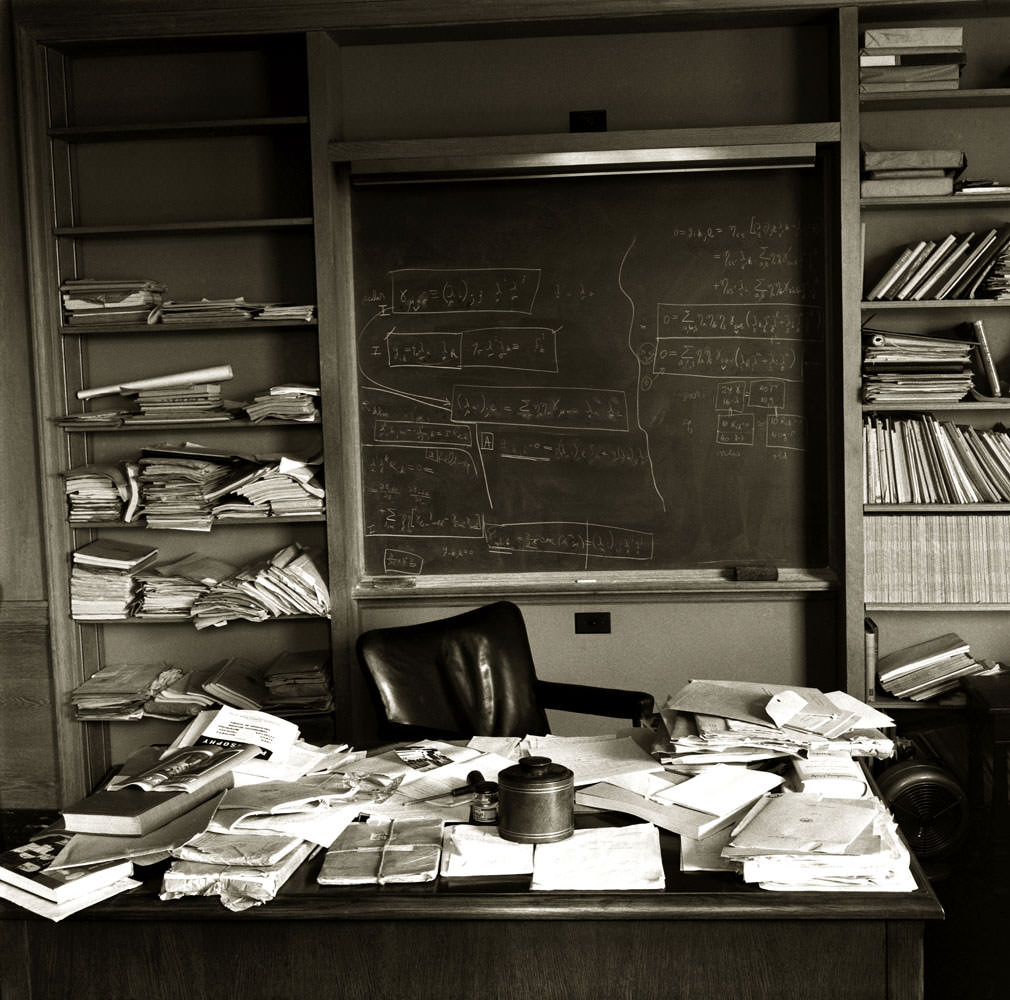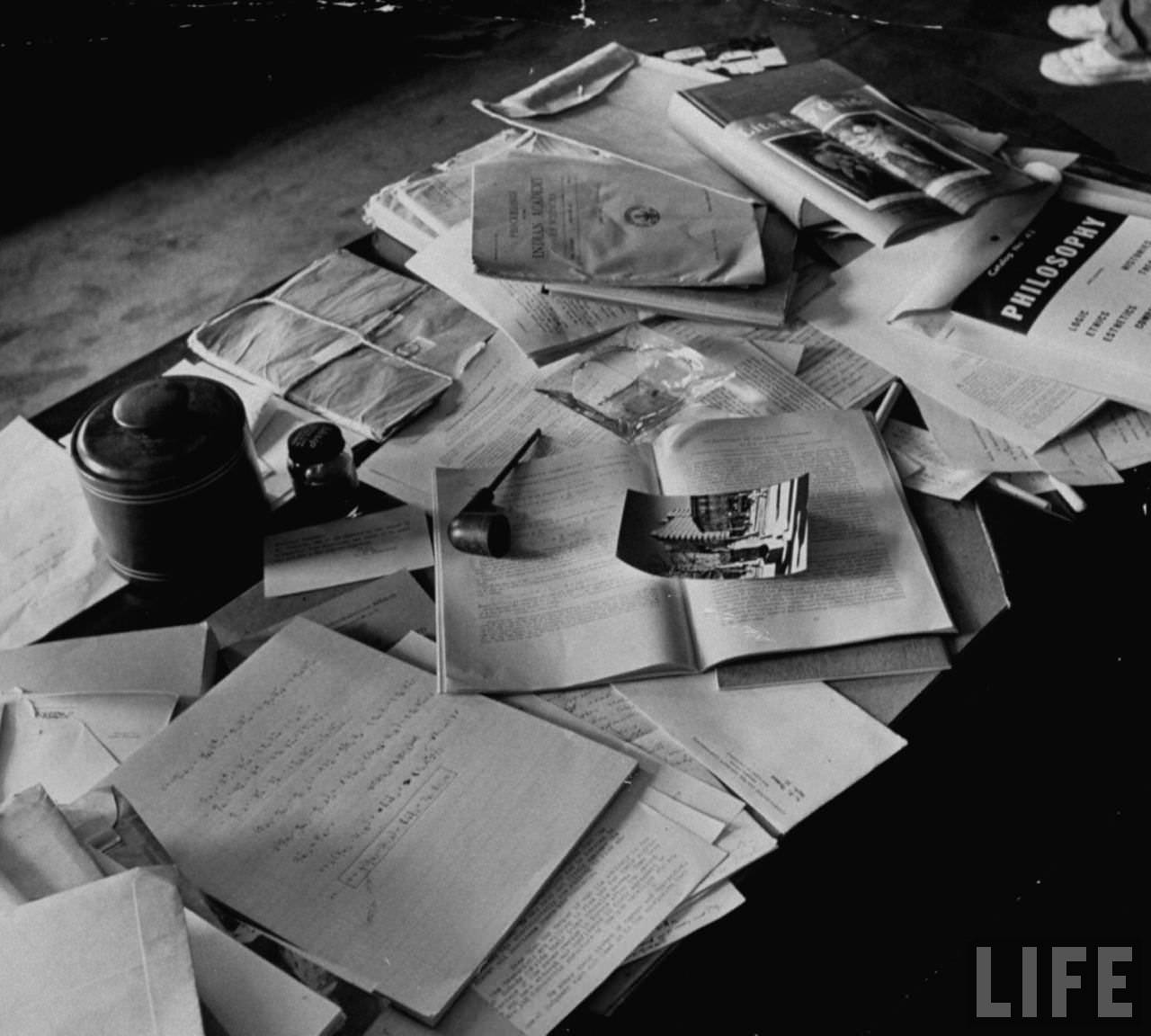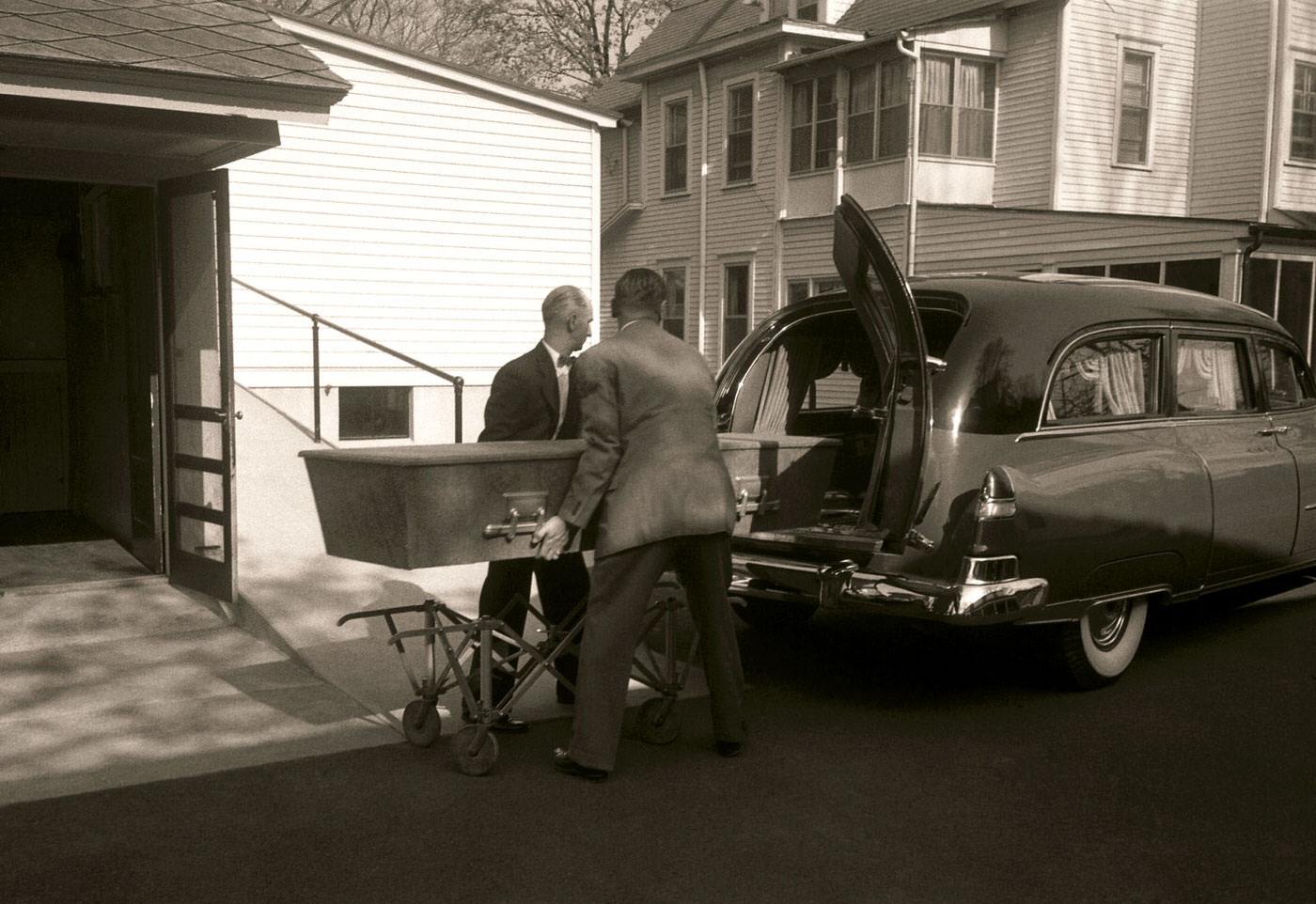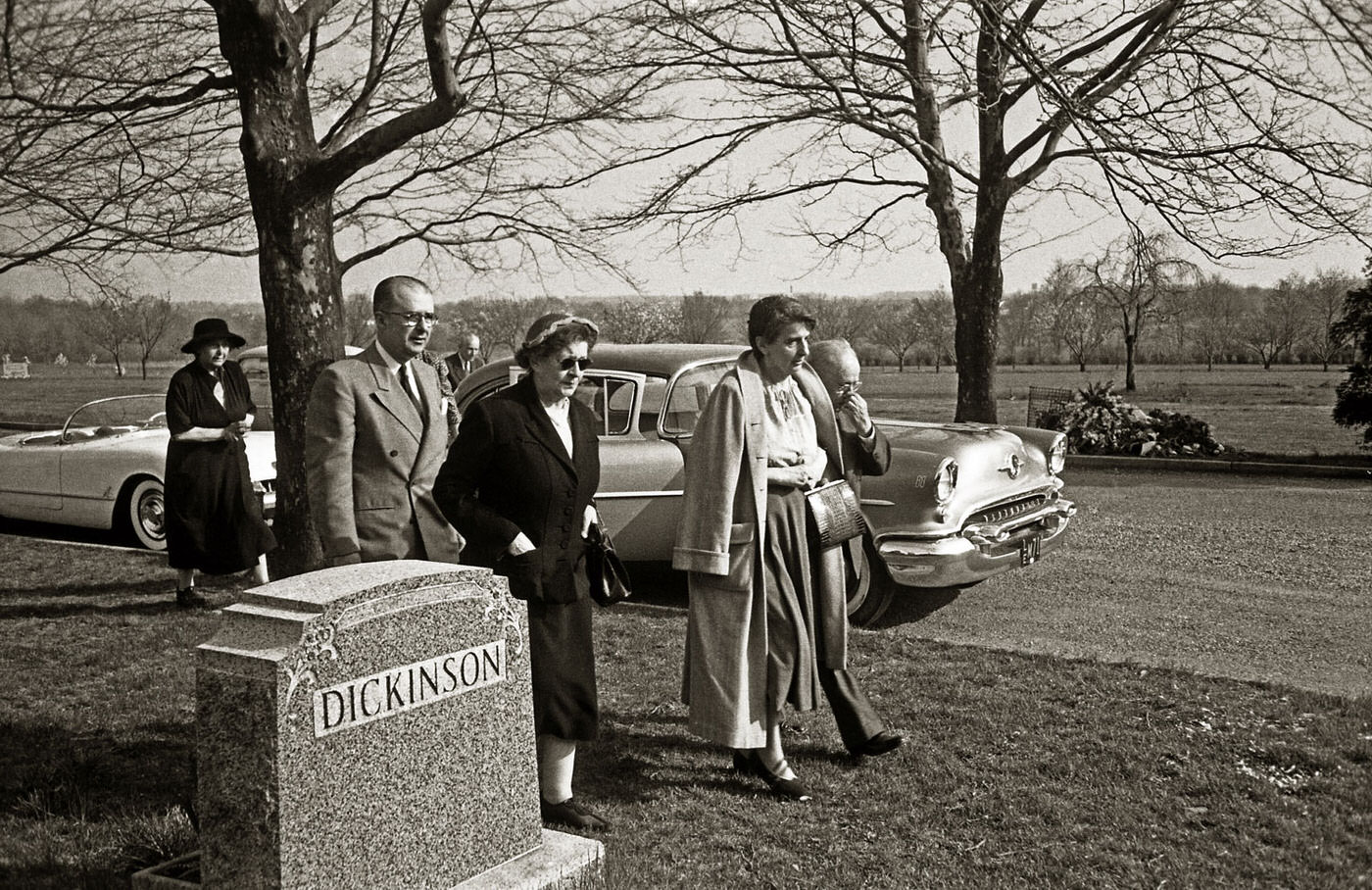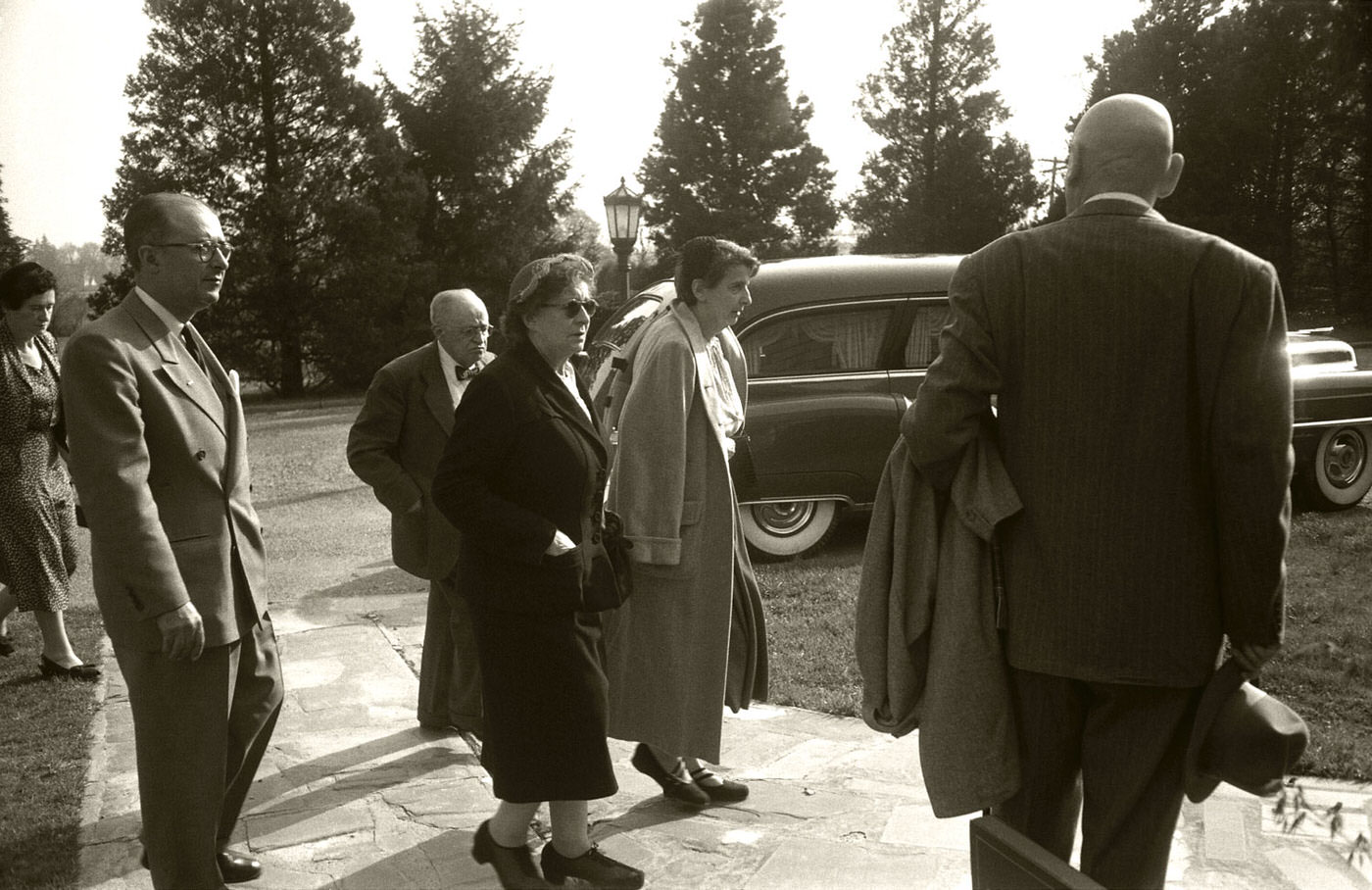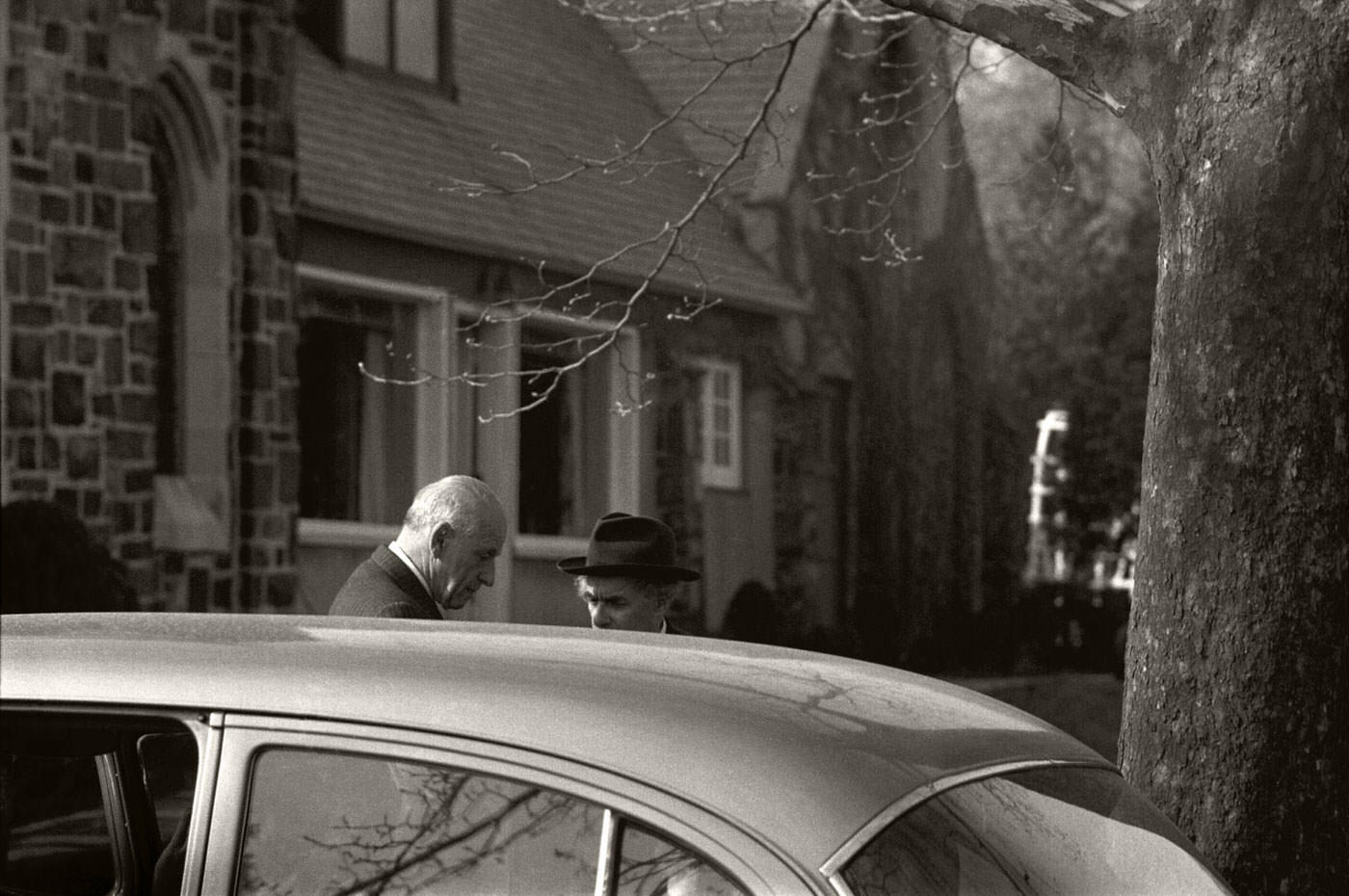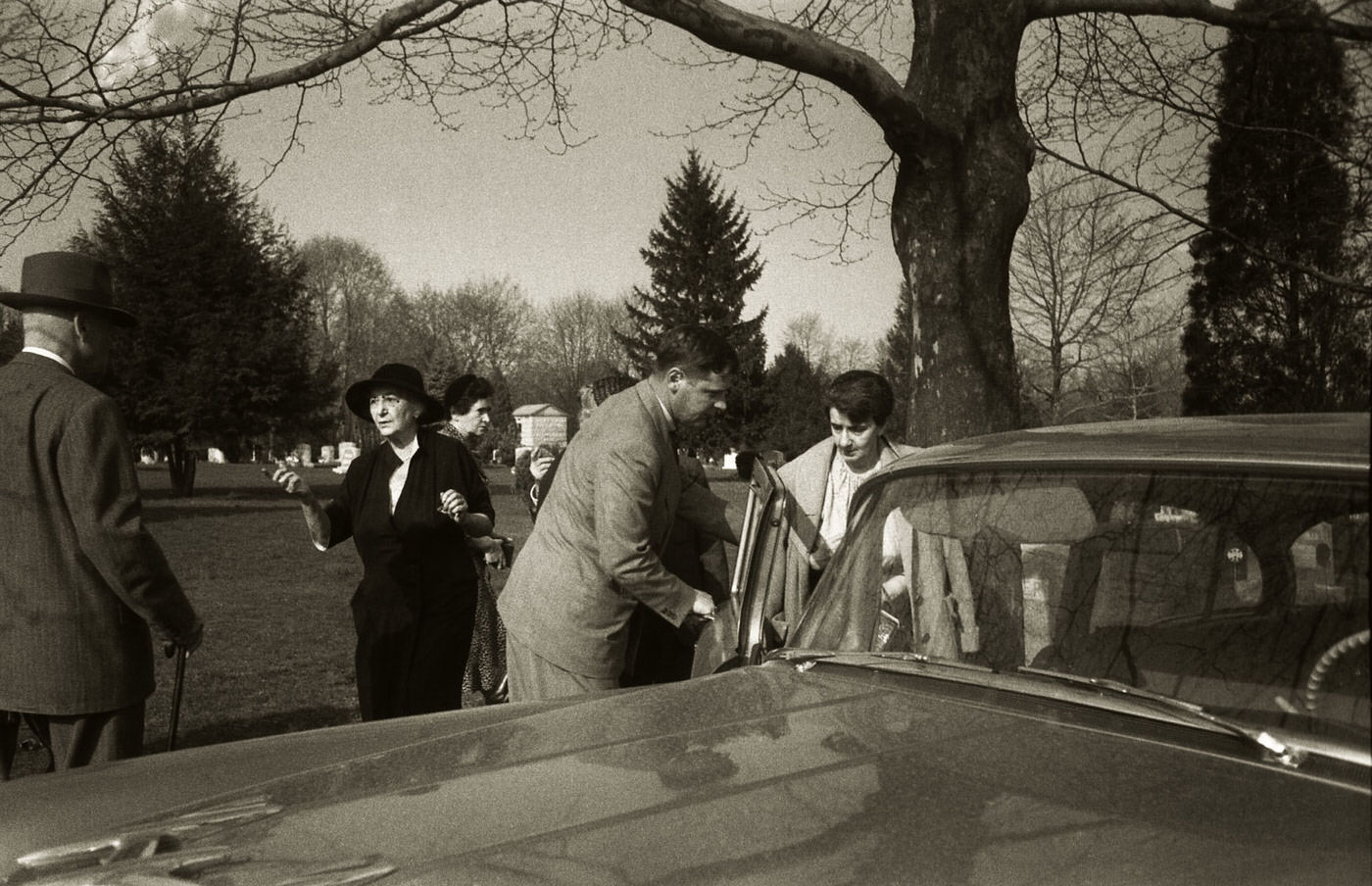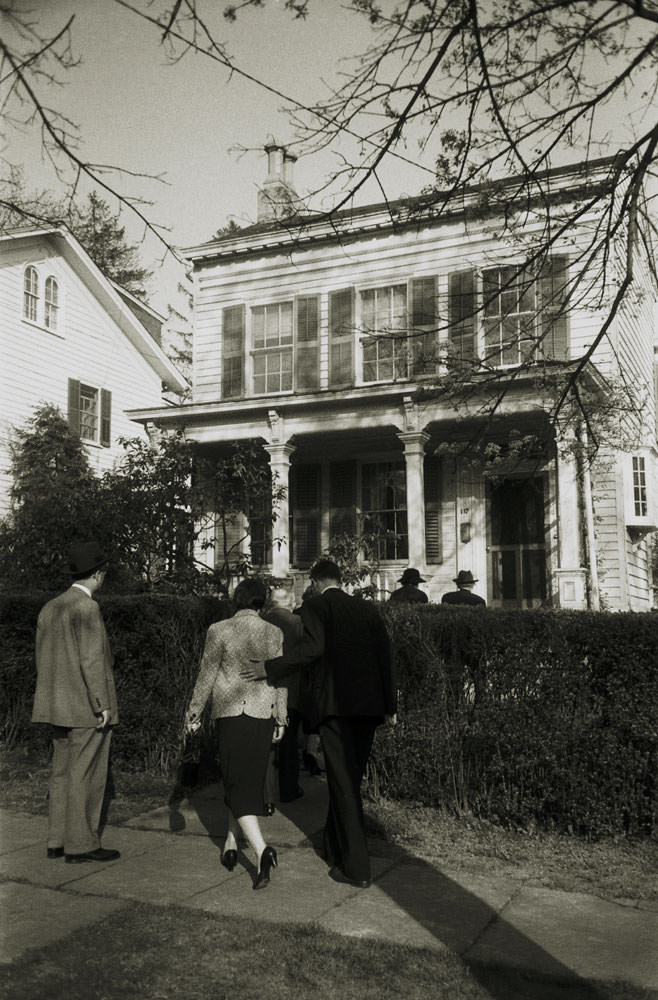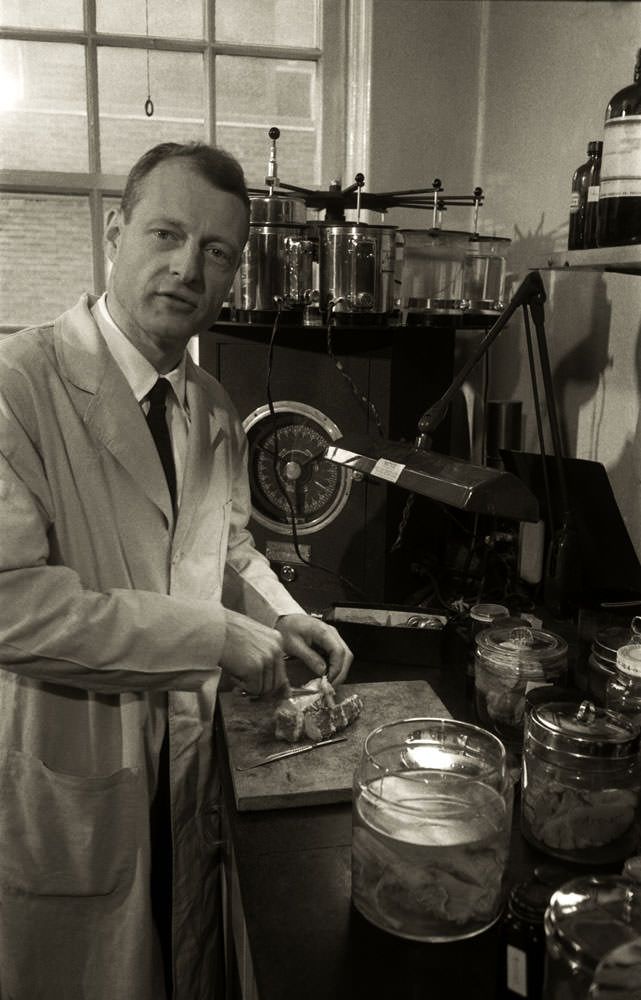On April 18th, 1955, Albert Einstein passed away, leaving behind a legacy of groundbreaking scientific discoveries and a lifetime of work. As news of his death spread, the world mourned the loss of this brilliant mind, but what many people may not know is that Einstein’s desk, the place where he did much of his thinking, also became the subject of much fascination and speculation.
Einstein’s desk was in his home in Princeton, New Jersey, where he spent the last two decades of his life. It was a simple wooden desk, with drawers and a leather writing pad. The desk was cluttered with papers, books, and letters, a reflection of Einstein’s famously disorganized work style. After his death, his family left the desk exactly as it was, preserving it as a testament to his life and work.
Over the years, the desk has become an object of great interest to historians, scientists, and fans of Einstein alike. It has been studied and photographed extensively, and even turned into a traveling exhibit, allowing people from around the world to catch a glimpse into the mind of one of the greatest scientists of all time. The desk was covered in notes, calculations, and letters, many of which had never been seen before. Some of these papers contained unfinished work, suggesting that Einstein was still working on new ideas right up until the end of his life. The most fascinating item on Einstein’s desk was a letter that he wrote to his son Eduard in 1935, warning him about the dangers of Nazi Germany. In the letter, Einstein writes, “Out here, nobody knows what’s going to happen. But I’m convinced that you and your mother will come to a joyful and harmonious life, provided that you are protected from the dangers which threaten us here.” This letter is a powerful reminder of the political and social climate of the time, and of Einstein’s own personal struggles as a Jewish refugee in the United States.
Another interesting item on Einstein’s desk is a small sign that reads, “Not everything that counts can be counted, and not everything that can be counted counts.” This quote is often attributed to Einstein, although it is unclear whether he actually said it. Nevertheless, it is a fitting sentiment for a man who devoted his life to understanding the mysteries of the universe, and who believed that there was more to life than just the things we can measure and quantify.
There also have been a few controversies surrounding it over the years. In 2002, a set of letters that Einstein had written to his close friend Michele Besso were found in a safe deposit box in Switzerland. These letters had been missing for decades, and their discovery shed new light on Einstein’s early work and personal relationships. However, when the letters were put up for auction, the Einstein estate tried to block their sale, arguing that they were part of Einstein’s personal papers and should not be sold to the highest bidder. The case was eventually settled out of court, and the letters were sold for a record-breaking $420,000.
Einstein’s desk remains an object of fascination and admiration for many people around the world. It is a tangible reminder of a man who changed the course of human history, and of the power of human curiosity and imagination. The cluttered, chaotic nature of the desk is a testament to Einstein’s unconventional way of thinking, and to the idea that sometimes, the most brilliant ideas can come from the messiest of minds.


